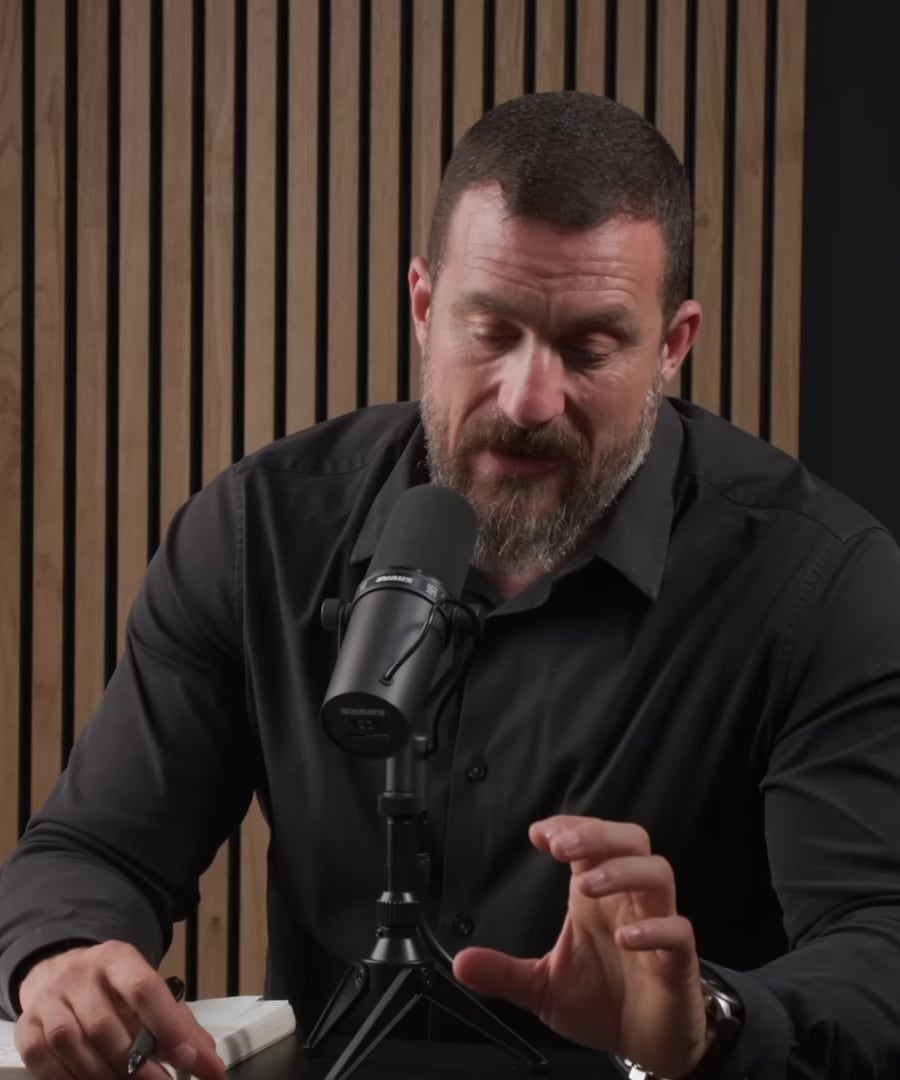Cadence Training
Sources:
Cadence training involves manipulating the timing of different phases of an exercise to achieve specific fitness goals. Here are insights from and on the topic:
-
Rep Cadences for Different Goals:
- Strength: For increasing strength, focus on lifting heavier weights with faster acceleration. This involves practicing lifting with higher mass and greater speed. Going slower generally reduces acceleration, which can be counterproductive for strength gains 1.
- Hypertrophy: To build muscle size, various cadences can be used. A common pattern is 3-1-1 or 3-1-2 (three seconds lowering, one second pause, one or two seconds lifting). Slower repetitions with a focus on control can be very effective, especially when equipment or load is limited. Adding time under tension, such as longer eccentric phases, can also stimulate hypertrophy effectively 2.
-
Importance of Control:
- Regardless of the cadence, maintaining control during exercises is essential. Whether moving fast or slow, the key is to avoid uncontrolled movements to prevent injury 3.
-
Variability:
- Different exercises may require different cadences. For instance, a deadlift starts with a concentric phase and ends with an eccentric phase, unlike a bench press, which starts with an eccentric phase. These differences should be considered when designing a training program 3.
-
Bodyweight and Isometrics:
- Bodyweight training and isometrics can also be effective for building strength and hypertrophy, though they might be more challenging for lower body exercises without additional load. Techniques like longer holds and controlled movements can maximize these methods' effectiveness 3.
-
Practical Application:
- For those with limited weights or access to a gym, utilizing slower tempos and longer times under tension can make bodyweight exercises much more challenging and effective for muscle growth 2.
These insights highlight the importance of choosing the right rep cadence for your specific goal, whether it's strength or hypertrophy, and ensuring controlled and intentional movements during workouts.
RELATED QUESTIONS-


